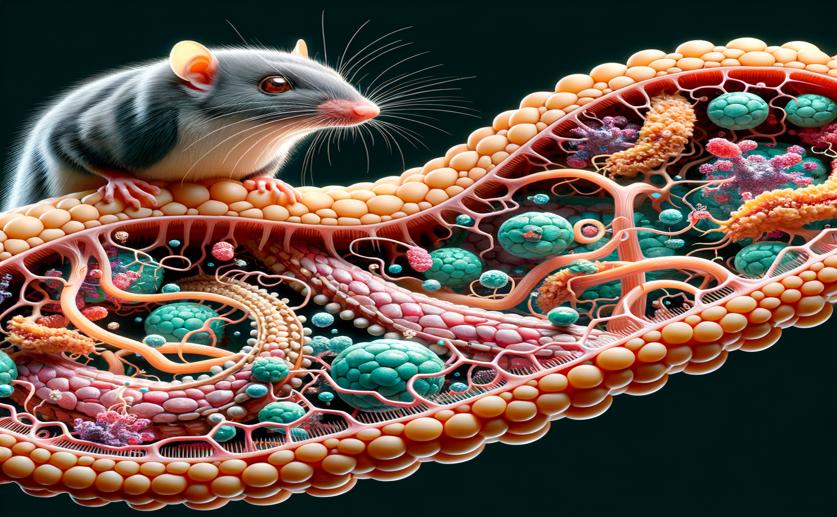
Proteins in Shrew Venom Glands Help with Gland Function and Venom Creation
Jenn Hoskins
16th July, 2024

Image Source: Natural Science News, 2024
Key Findings
- Researchers at Nicolaus Copernicus University studied the venom glands of two shrew species, Neomys fodiens and Sorex araneus
- They identified 313 proteins in N. fodiens and 187 in S. araneus, mostly linked to metabolism and stress responses
- The study suggests that venom production in shrews involves proteins that help with toxin synthesis, cell cycles, and immune responses, indicating a complex and adaptive venom system
References
Main Study
1) Proteins from shrews’ venom glands play a role in gland functioning and venom production
Published 15th July, 2024
https://doi.org/10.1186/s40851-024-00236-x
Related Studies
2) Venom Use in Eulipotyphlans: An Evolutionary and Ecological Approach.
3) Cabinet of Curiosities: Venom Systems and Their Ecological Function in Mammals, with a Focus on Primates.



 6th July, 2024 | Greg Howard
6th July, 2024 | Greg Howard